German and Japanese irises are stunning additions to any garden, known for their dramatic blooms and elegant foliage. While they share a family name, their care requirements differ significantly. Understanding these differences is the key to cultivating a spectacular display year after year. This guide will walk you through everything you need to know, from planting to pest control, ensuring your bearded and beardless irises thrive.
Let's start with the fundamentals. German Iris, also commonly known as Bearded Iris, is famous for the fuzzy "beard" on its falls (the downward-curving petals). They are rhizomatous plants, meaning they grow from a thick, horizontal stem that often sits partially above the soil. Japanese Iris, on the other hand, belongs to the beardless iris group. They are moisture-loving plants that perform exceptionally well near ponds or in consistently damp soil. Their flowers are often flat and elaborate, resembling ornate paper creations.
The single most important factor for success is choosing the right location. Both types demand plenty of sunlight.
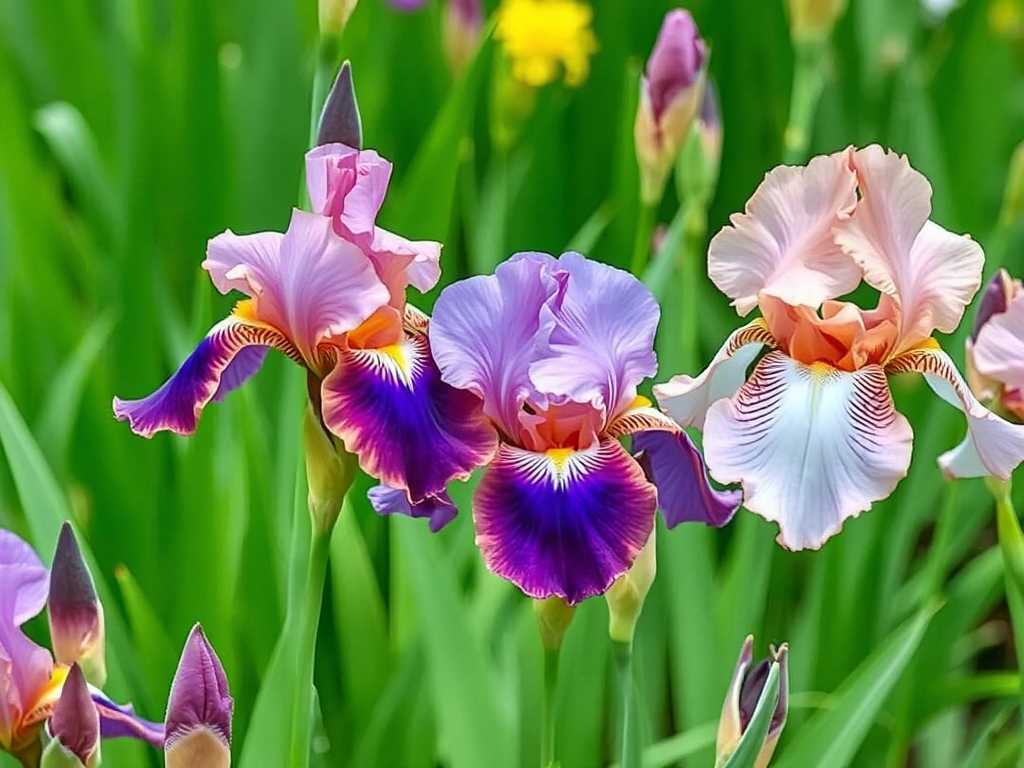
For German Iris, you need a spot that receives at least 6 to 8 hours of direct, unfiltered sun daily. Excellent drainage is absolutely non-negotiable. They are drought-tolerant and despise "wet feet," which quickly leads to rhizome rot. A sloping bed or a raised garden bed is an ideal location for them.
Japanese Iris also love the sun but can tolerate very light afternoon shade, especially in hotter climates. Their soil requirement is the complete opposite. They need consistently moist, even soggy, soil. In fact, they are perfect for the edges of water gardens or in boggy areas where other plants might struggle. The soil should be rich and acidic for the best flower production.
Preparing the soil correctly sets the stage for years of healthy growth.
For your German Iris, you want to create a lean, well-draining environment. If you have heavy clay soil, you must amend it. Mix in a generous amount of coarse sand, perlite, or fine gravel. You can also build up a raised mound to improve drainage. Avoid rich compost or high-nitrogen fertilizers at planting time, as this can encourage rot.
For Japanese Iris, soil preparation is about retaining moisture and boosting acidity. Incorporate lots of organic matter like peat moss, composted pine bark, or well-rotted leaf mold. This helps the soil hold water and naturally lowers the pH, creating the acidic conditions these irises crave.
Planting these rhizomes correctly is a simple but critical step.
The best time to plant German Iris rhizomes is in late summer or early fall. This gives them time to establish roots before winter. When you plant, do not bury the rhizome deeply. It should sit on the soil surface or be only very lightly covered. The top of the rhizome needs to bask in the sun and have good air circulation. Spread the roots out firmly in the soil, point the leafy end in the direction you want it to grow, and water it in well.
Japanese Iris are typically planted in the spring or fall. Plant their rhizomes just below the soil surface, about an inch or two deep. Ensure the crown is covered but not buried too deeply. After planting, water them thoroughly and maintain consistent moisture.
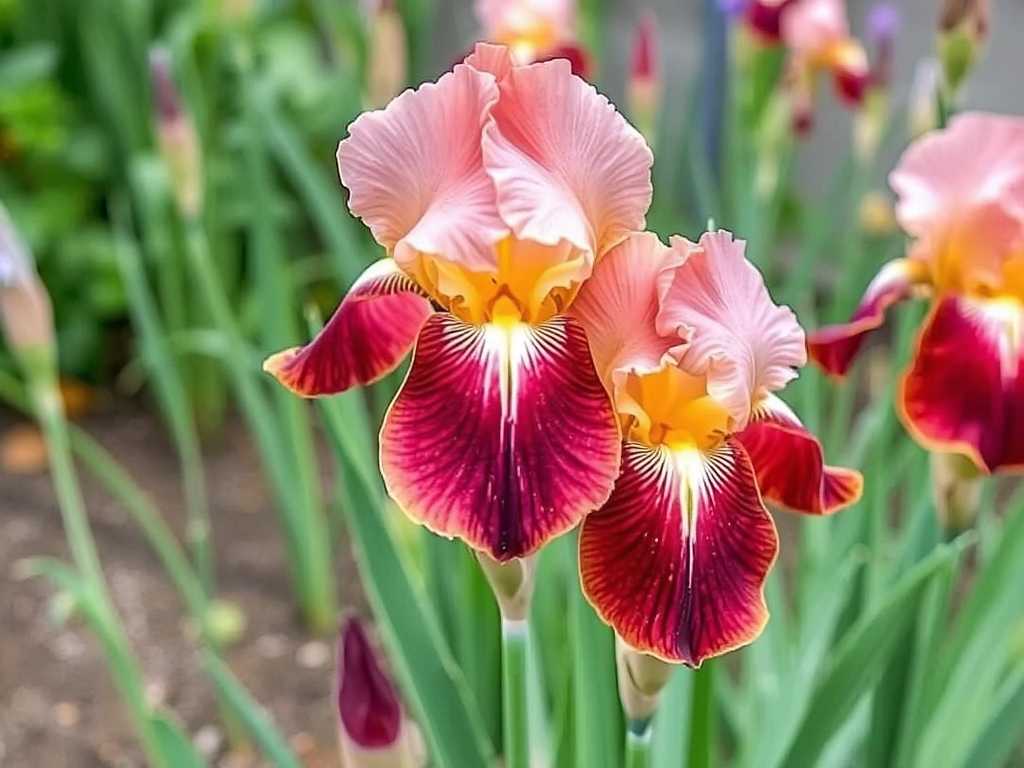
Watering is where their needs dramatically diverge.
Your German Iris are quite drought-tolerant once established. After the initial planting, water them regularly to help the roots develop. Once settled, they only need supplemental water during prolonged dry spells. The goal is to let the soil dry out between waterings.
Japanese Iris, however, need a constant supply of moisture. They should never be allowed to dry out. During the growing season, they may need daily watering if not planted in a naturally wet area. A thick layer of organic mulch around the base can help conserve this crucial moisture.
Feeding your irises will reward you with more vigorous growth and more abundant blooms.
Fertilize German Iris twice a year: once in early spring as new growth emerges, and again about a month after they finish blooming. Use a fertilizer that is low in nitrogen and higher in phosphorus and potassium, such as a 5-10-10 formula. This promotes strong roots and fantastic blooms without encouraging soft, rot-prone growth.
Japanese Iris are heavier feeders due to their lush growth. Feed them in early spring and again just before they bloom. A balanced, acidic fertilizer or one formulated for rhododendrons and azaleas works perfectly.
Proper maintenance throughout the year keeps your plants healthy and beautiful.
After your German Iris have finished blooming, cut down the flower stalks to the base. However, leave the sword-like foliage intact. It is through these leaves that the plant gathers energy for next year's growth. In late fall, trim the foliage back to a tidy fan shape, about 6 inches tall, to remove any diseased or damaged leaves and improve air circulation over winter.
For Japanese Iris, you can deadhead the spent flowers, but leave the foliage until it dies back naturally in the fall. This allows the plant to store as much energy as possible in its roots.
Every few years, both types of iris will benefit from being divided. This prevents overcrowding, which leads to fewer flowers and increased disease.
Divide German Iris when the clump becomes crowded, usually every 3 to 4 years, typically in late summer. You'll notice the center of the clump is no longer producing strong blooms. Simply dig up the entire clump, wash off the soil, and cut the rhizomes apart with a clean, sharp knife. Discard any old, woody sections from the center and any pieces that are soft, rotten, or have evidence of borers. Replant only the healthy, firm rhizomes with a fan of leaves attached.
Japanese Iris also need dividing every 3-4 years, best done in early spring or after flowering. Their crowns can become extremely dense. Carefully dig them up and use a sharp spade or knife to slice the clump into smaller sections, each with several healthy buds or "eyes." Replant these divisions promptly to keep the roots from drying out.
Even with the best care, pests and diseases can sometimes appear.
The most notorious pest for German Iris is the iris borer. The moth lays its eggs on old foliage in the fall, so the single best prevention is a thorough garden cleanup in autumn. In spring, the caterpillars hatch and chew into the leaves, eventually tunneling down into the rhizome, causing rot. If you see notched edges or wilting leaves, inspect the rhizome for holes and squash any borers you find. Bacterial soft rot often follows borer damage. If a rhizome is soft and smelly, dig it out and discard it.
Japanese Iris are generally more pest-resistant but can be bothered by slugs and snails, which love their moist environment. Use organic slug bait or traps to protect the tender foliage. They can also be susceptible to leaf spot fungi. Ensuring good air circulation and avoiding overhead watering can help prevent this.
By following these distinct care guides, you can enjoy the unique beauty of both German and Japanese irises. The bold, architectural presence of the Bearded Iris and the delicate, water-loving elegance of the Japanese Iris can make your garden a true paradise from late spring into summer. Happy gardening
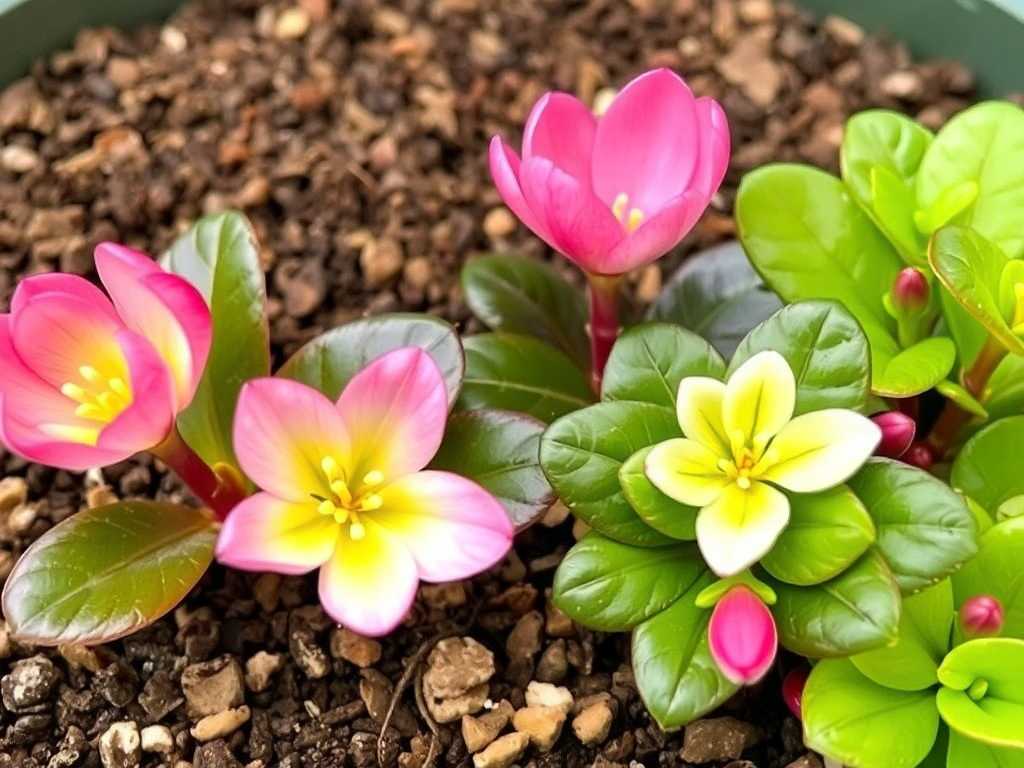
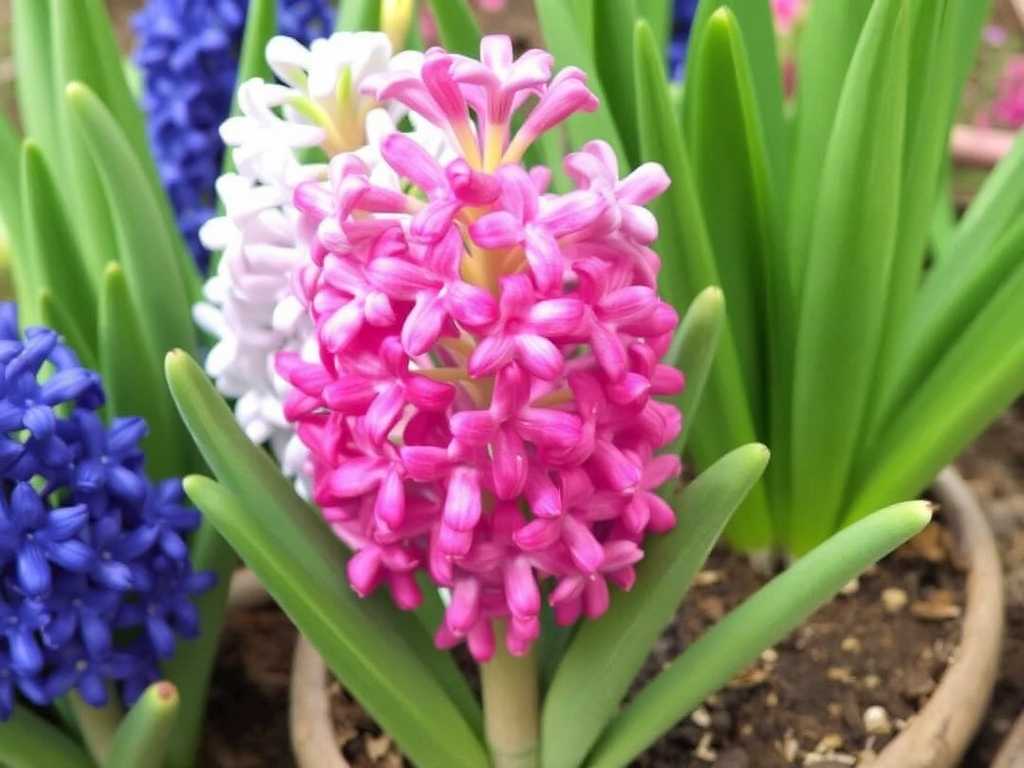
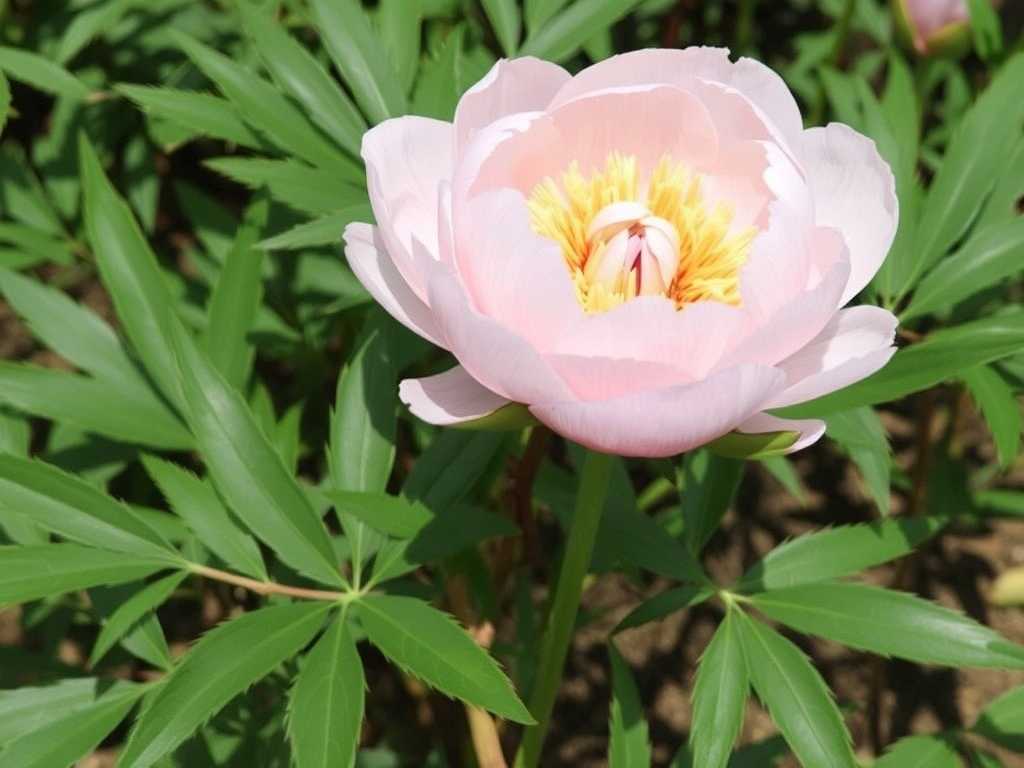

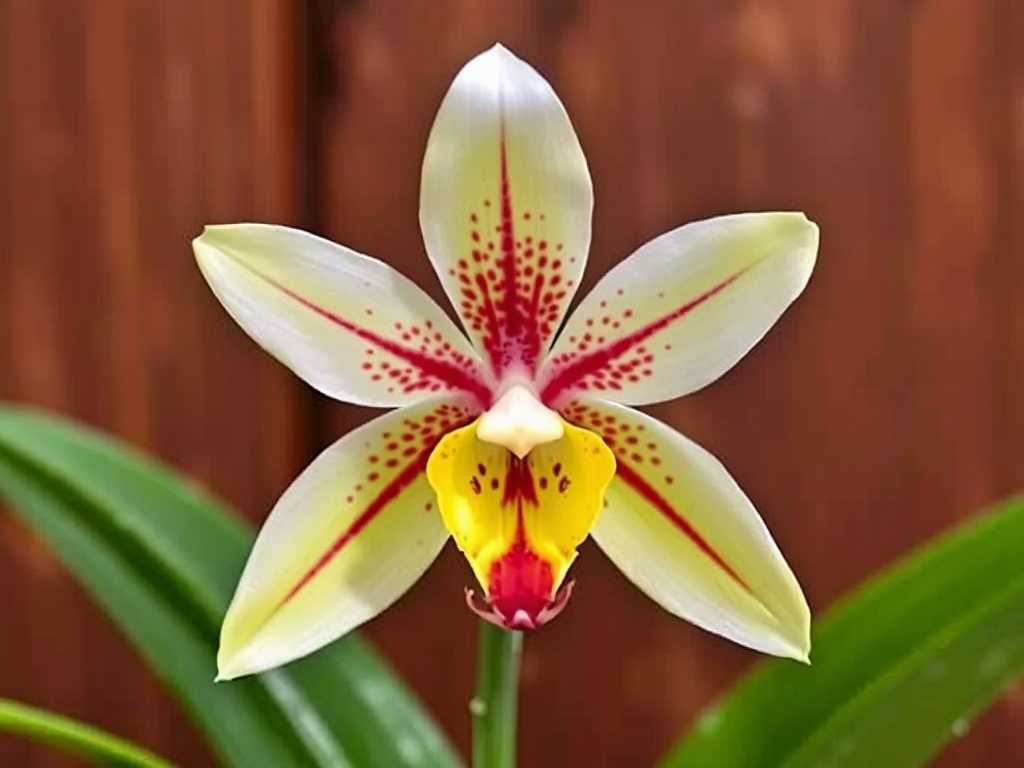
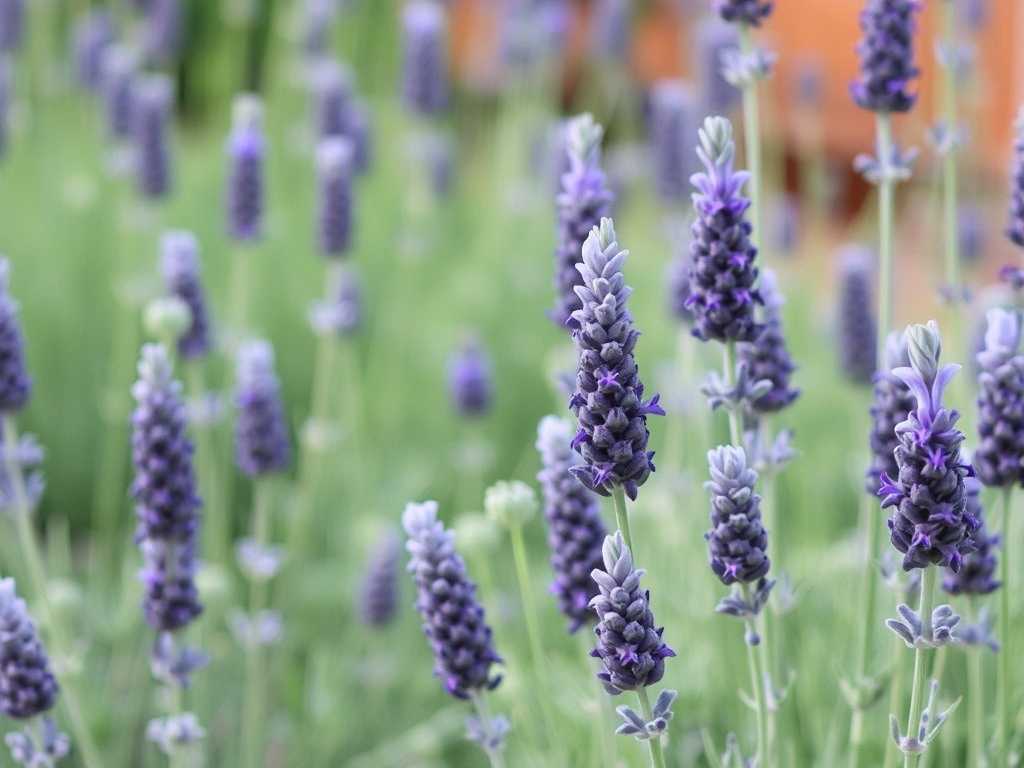
发表评论